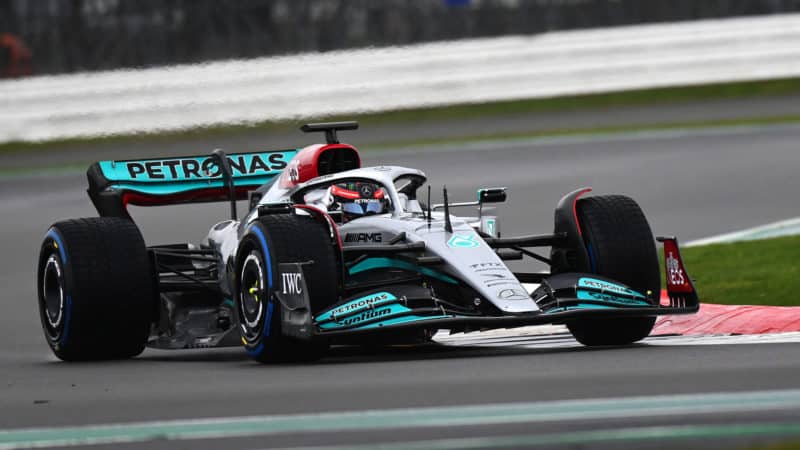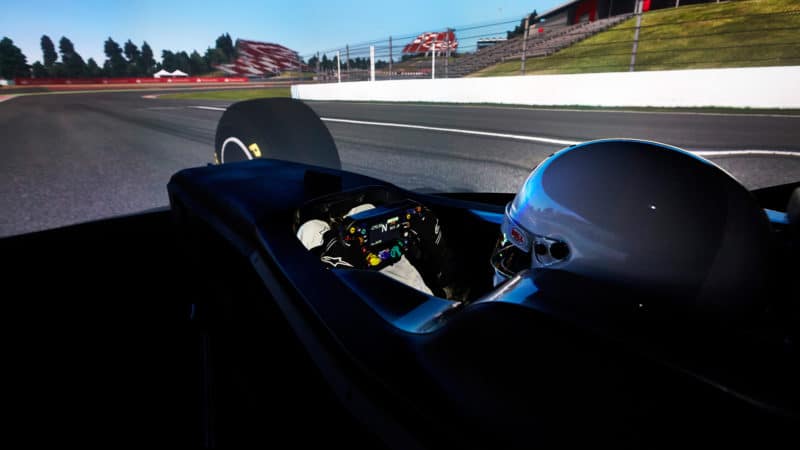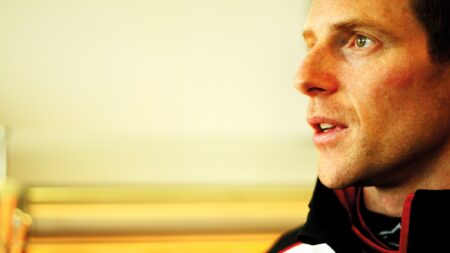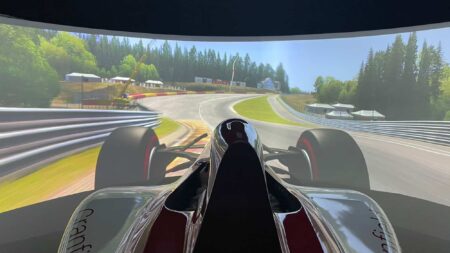“I believe the thing that will be talked about most, especially during the early days of this year, is the impact of the extra inertia the cars have now thanks to the move to the larger 18in wheels and tyres. That’s added quite a lot of weight to each corner of the car, and when that weight goes up it’s a different feeling to how the car reacts.
“I think the cars will lose a certain amount of their agility in low-speed situations, and they’ll have a more mechanical feel to them. It’ll be interesting to see how that pans out this year and we’ll likely see cars sliding around more in slower corners, maybe slightly elongated braking zones too, which will hopefully boost overtaking chances.
“There are visual differences for the drivers too with the new cockpits. With the larger wheels and the new shrouding over them it changes your view of things like apex kerbs and makes it a bit harder to see, which some drivers may find odd at first, but they’ll adapt, just like stepping into a sports car where you can’t see the wheels at all.
“For fans, they will still definitely look like F1 cars. The way they thunder toward you if you’re sat somewhere like Maggots-Becketts at Silverstone won’t really change. They’ll still look as spectacular as F1 cars do. They’ll look phenomenal in terms of their speed, and that’s what F1 should be.”
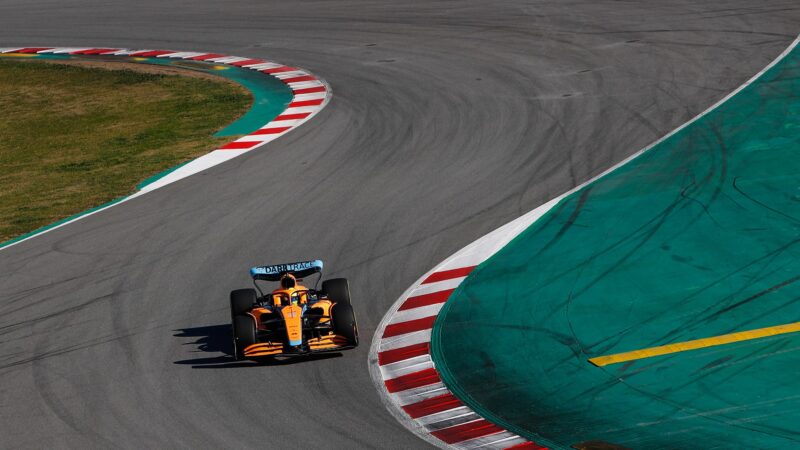
Big wheels make the new cars feel less agile, says Davidson
McLaren
This new rules set was due to be introduced last year, but the FIA and teams voted to delay the introduction of the new regulations until 2022 due to the effects of the global pandemic. Davidson says the delay may have the knock-on effect of teams being far better prepared for the new concept than they would otherwise have been.
“The pandemic gave teams a bit of extra time for these cars,” he said. “It looked like it put the handbrake on things, but it actually gave them more time to think about this year’s car and try a few extra concepts. It would still have been a rush for teams to get the cars done during the pandemic, but it was more than on the backburner through the whole thing. The teams have been focused strongly on this new car and they needed the full force of the development teams to be working on it and not be fragmented on trying to develop this year and last year’s cars. But ideas certainly still flowed, even across lockdown.
“I don’t think we’ll see a true pecking order emerge until at least the fourth race”
“I think lockdown actually contributed to last season’s spectacle as hardly any work was done on last year’s cars. They ran as they ran and that naturally closed the order up even more. That gave us such excellent competition and such a spectacle. It will also give us a more refined car going into this year, better understood cars and hopefully closer in competition again due to all the teams have that bit more time to refine their details and designs.
“As the teams have found more performance from these 2022 cars across last year and through the winter they’ve found more downforce, more downforce should equal more turbulence, so I just hope the new rules aren’t subverted in that sense. I truly hope these new cars will allow drivers to halve the gap we used to see with cars trundling around seconds behind each other and having to rely on jeopardy – safety cars, tyre gambles, weather, etc – to liven up a race. For me that’s not quite pure enough. I want these new cars to allow the drivers, many of which are great wheel-to-wheel racers, the chance to show their skills that bit more.”
